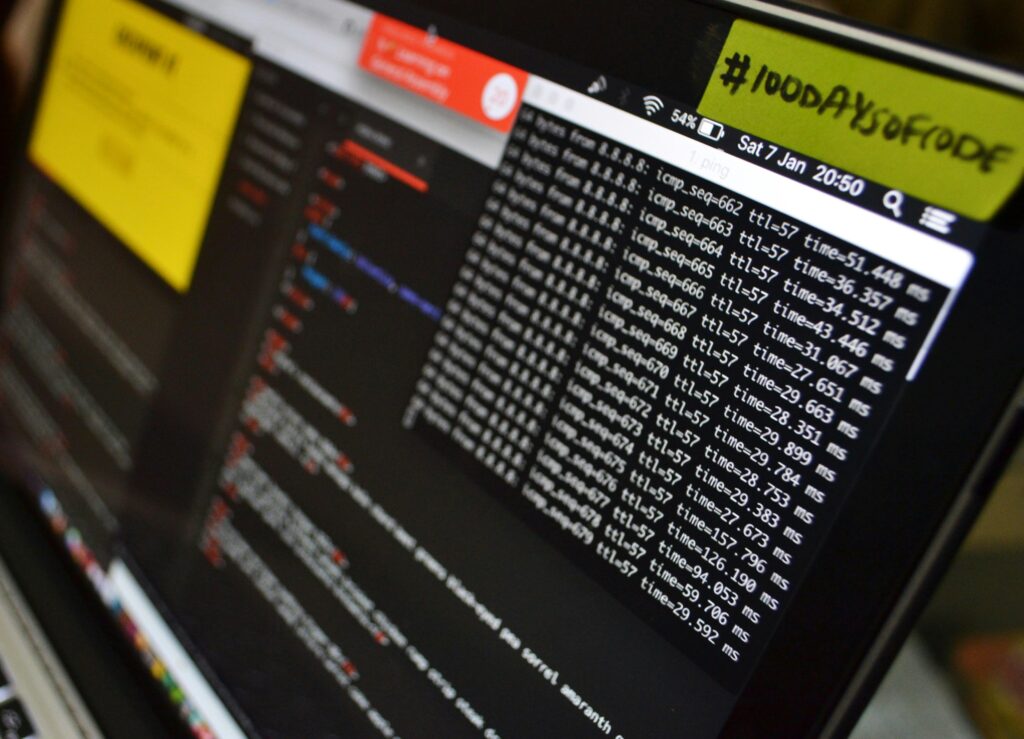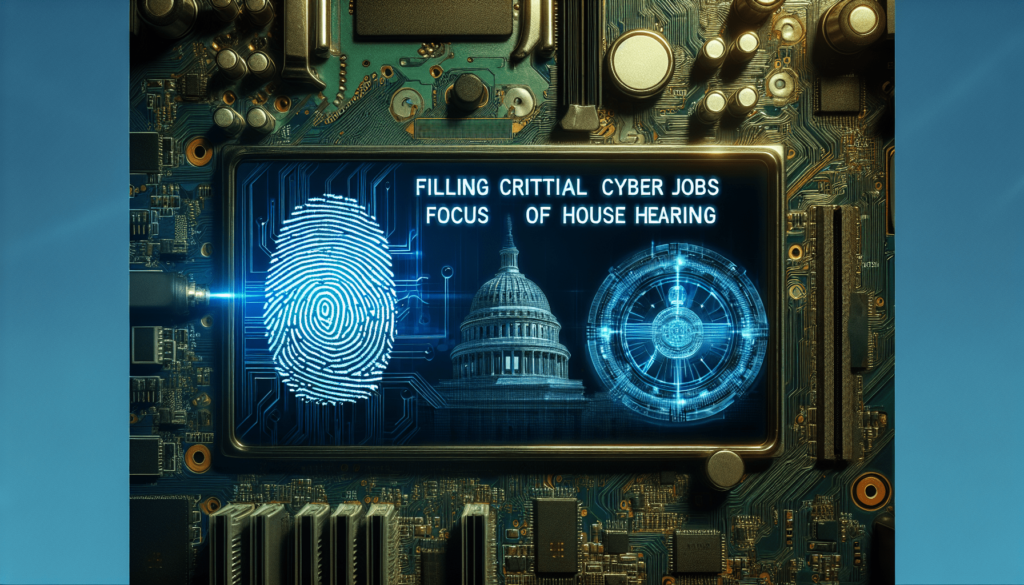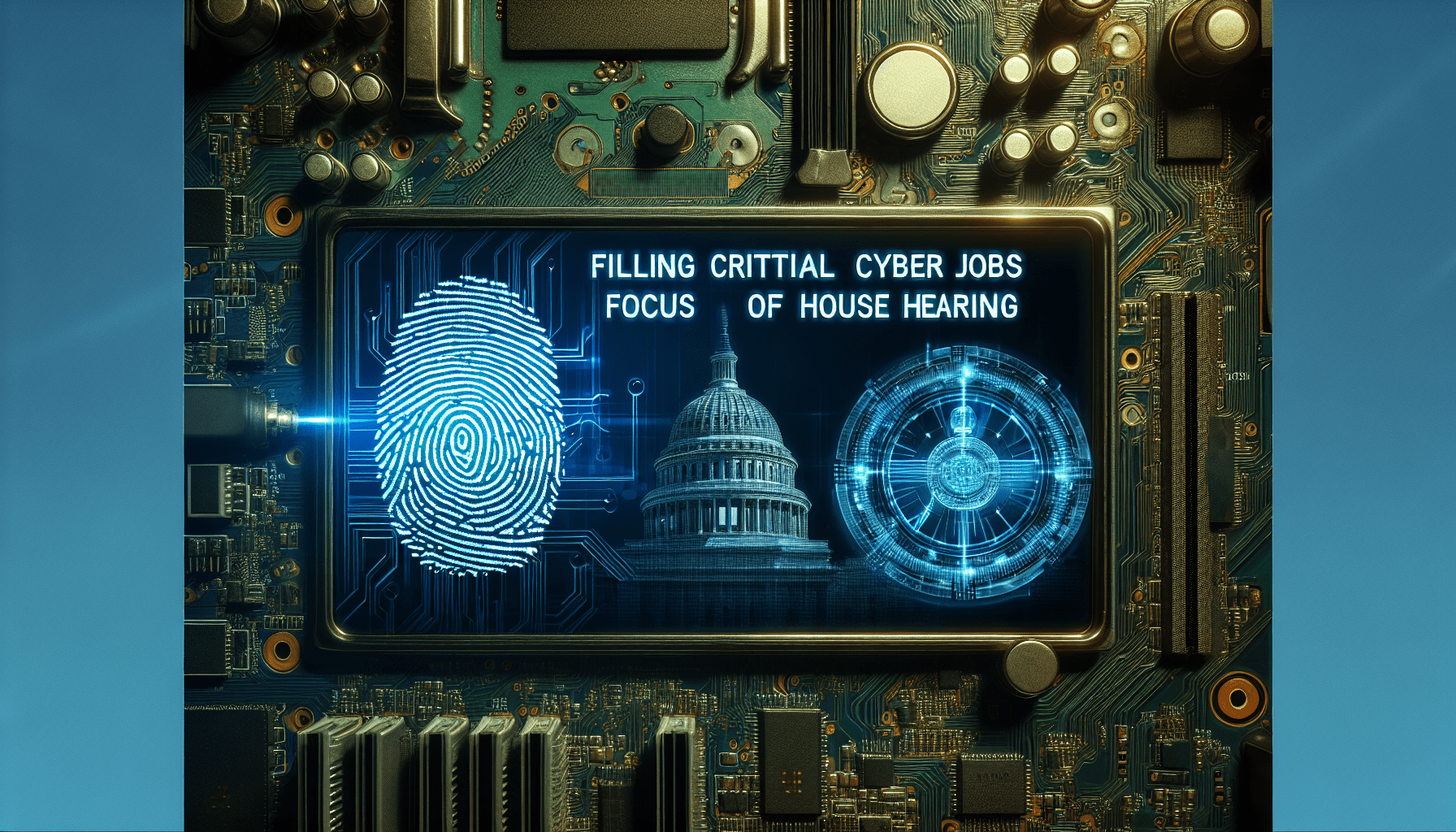In a recent House Homeland Security Committee hearing, lawmakers spotlighted the urgent need to fill critical cybersecurity positions to bolster national security. You can feel the sense of urgency as they discuss the “cyber workforce gap,” a troubling deficit that leaves the nation vulnerable to increasing threats. During the hearing, various initiatives to attract qualified cyber professionals were reviewed, such as the Department of Homeland Security’s Cyber Talent Management System, which has begun to show positive, albeit slow, results. Efforts to streamline security clearance processes and introduce cyber education at earlier educational stages were also emphasized, underscoring the comprehensive strategy needed to address this issue. The overarching message was clear: filling these essential roles is not just a priority but a necessity to protect our nation’s future. Have you ever wondered how the U.S. government can protect its digital infrastructure with unfilled cybersecurity positions? It’s quite the conundrum, isn’t it? As cyber threats continue to evolve and grow more sophisticated, the need for a robust cybersecurity workforce has never been more critical. This necessity took center stage at a recent House Homeland Security Committee hearing, where lawmakers raised concerns about the alarming “cyber workforce gap.”
Understanding the Cyber Workforce Gap
Cybersecurity isn’t just about fancy software and firewalls; it’s about the people wielding these tools. The current gap in the cyber workforce is quite staggering. Representative Andrew Garbarino (R-NY) put it in perspective when he stated, “We currently need at least 500,000 cyber professionals if we hope to protect and defend our way of life. And that’s just not any 500,000 people. We need 500,000 skilled, talented cyber workers dedicated to contending with the threats of today while preparing for the threats of tomorrow.” It’s not merely a numbers game; it’s about finding skilled individuals committed to tackling current and future threats.
The Stakeholders Involved
The hearing featured several key players like the Department of Homeland Security (DHS) Chief Information Officer (CIO) Eric Hysen and Seeyew Mo, assistant national cyber director for cyber workforce, training, and education at the Office of the National Cyber Director (ONCD). They shed light on various initiatives and obstacles in cybersecurity hiring, with emphasis on the federal government.

Department of Homeland Security’s Cyber Talent Management System (CTMS)
One of the spotlight initiatives discussed was DHS’s Cyber Talent Management System (CTMS). Launched in 2021, this system aims to streamline hiring and compensation policies, which are often criticized as being too slow and complex. It’s a workaround to the traditional federal hiring methods, and, although it had a slow start, it’s beginning to show promise. As Eric Hysen noted, “We are pushing to aggressively expand CTMS. We are working to bring it onboard with additional components.”
Progress and Challenges in filling Critical Cybersecurity Positions
The CTMS has already hired 189 employees, providing key DHS components, such as Cybersecurity and Infrastructure Security Agency (CISA) and Federal Emergency Management Agency (FEMA), with access to a “ready” pool of talented candidates. However, Hysen was candid about its limitations, admitting that CTMS isn’t the perfect solution for every position.

Recruiting Solutions Beyond CTMS
Another crucial topic was the reform in security clearance processes. The average wait time for top-secret and secret clearances has been a bottleneck, slowing down how quickly skilled professionals can start their roles. To tackle this, Seeyew Mo from ONCD highlighted advancements in reducing these wait times. Moreover, ONCD is collaborating with the Office of Personnel Management (OPM) and Office of Management and Budget (OMB) to improve the “pool process” for federal cyber jobs.
Pooled Hiring: The New Approach
The pooled hiring approach allows agencies to more quickly hire employees by selecting them from a pre-vetted pool of qualified applicants. This not only speeds up the hiring process but also ensures that agencies can maintain a high standard of talent.

Learning from the Ground Up
It’s not just about hiring; it’s also about fostering interest and skill sets from a younger age. Lawmakers and officials are looking at initiatives to incorporate cyber classes into K-12 schools. This grassroots effort aims to build a pipeline of future cyber professionals from a young age.

ONCD’s Progress Report
A year into its program, ONCD provided a progress report highlighting several successes:
| Initiative | Description |
|---|---|
| Skills-Based Hiring | Leading by example by emphasizing skills over traditional qualifications. |
| Cyber Clinics and Apprenticeships | Using federal money to start programs to provide hands-on experience. |
| Interagency Coordination | Unprecedented collaboration with 35 federal departments and agencies sharing best practices. |
Despite these successes, ONCD acknowledged there’s still significant work to be done. Priorities for the coming year include educating more Americans about the critical need for cyber workers, developing more teachers and training programs, and improving local-level efforts to connect individuals to cyber opportunities.
Sharing Best Practices
In his blog post, Assistant Director Mo emphasized that though these challenges are daunting, they also present opportunities. Opportunities to share best practices, build innovative partnerships, and for the Federal Government to invest and lead by example.

Conclusion
So, where does this leave us? The cybersecurity workforce gap is a multifaceted problem that requires a variety of solutions. From reforming hiring processes and lowering the barriers for entry to embedding cybersecurity education at the K-12 level, it’s apparent that we’re in for the long haul. If the U.S. is serious about protecting its digital infrastructure, addressing this workforce gap is not just necessary; it’s imperative.
In the end, it will take the combined efforts of government agencies, educational institutions, and the private sector to bridge this gap. As you ponder this, maybe question if a cyber career might be right for you. After all, there’s a world out there that needs defending, and who better to do it than someone as inquisitive and solution-oriented as you?
Source: https://www.fedmanager.com/news/filling-critical-cyber-jobs-focus-of-house-hearing

